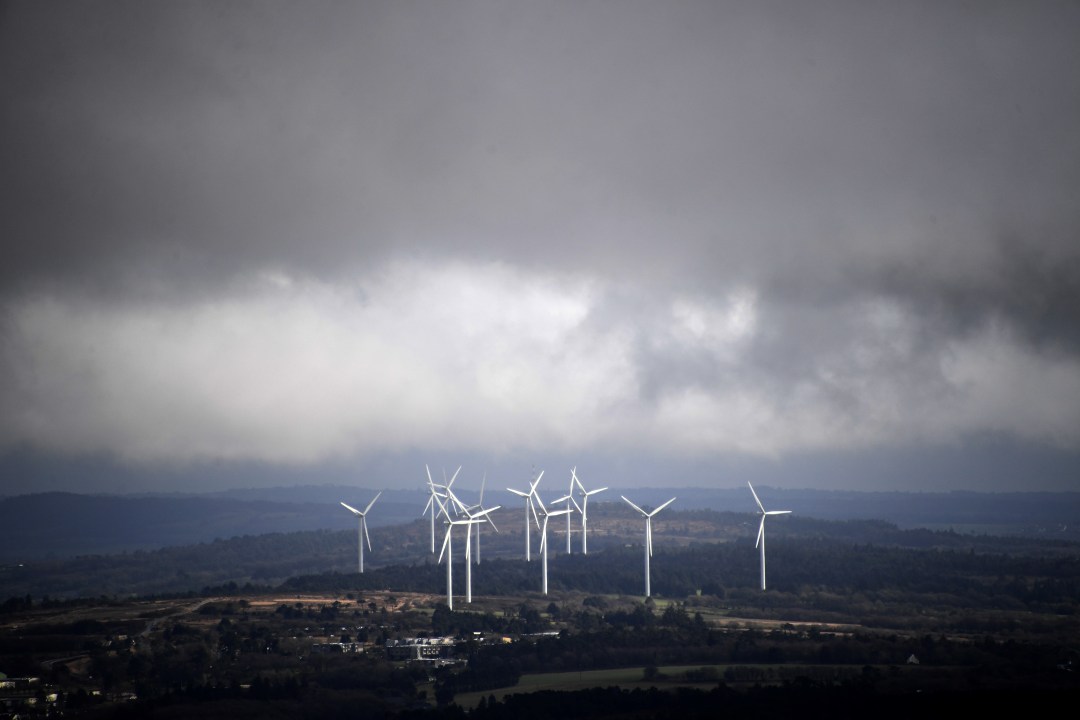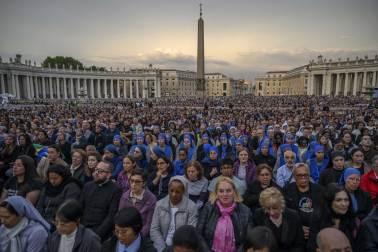At 16 minutes past four on Friday a press officer at National Grid put out a tweet which seemed to signal Britain’s progress towards its much-vaunted zero-carbon economy. The proportion of UK electricity generated by wind power, it boasted, had just reached a record high of 47.6 per cent. What, with the weather sunny as well as windy, the total coming from renewable energy was nearly two-thirds.
They were not to know that around half-an-hour later the lights would go out over a large swathe of Britain. There would be power cuts from London to Lincolnshire to the West Country. Trains would stop running, traffic lights would stop working. Ipswich hospital would not only lose its main electricity supply but backup generators, too, would fail, leaving emergency systems reliant on battery power.
How come? As the National Grid revealed this morning, a failure in a gas power station at Little Barford, near St Neots, combined with the failure of the Hornsea offshore wind farm off Lincolnshire, created a domino effect, causing other systems to go down.

Britain’s best politics newsletters
You get two free articles each week when you sign up to The Spectator’s emails.
Already a subscriber? Log in









Comments
Join the debate for just £1 a month
Be part of the conversation with other Spectator readers by getting your first three months for £3.
UNLOCK ACCESS Just £1 a monthAlready a subscriber? Log in